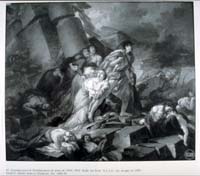
|
Image-KZA31
People seeking shelter from an earthquake. Classical dress and architecture. (Oil painting on panel) (unknown)
|
|
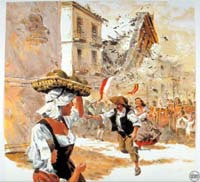
|
Image-KZA32
Imaginary street scene during Lisbon earthquake. (Book illustration)
|
|
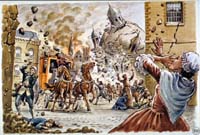
|
Image-KZA33
Imaginary street scene during Lisbon earthquake. (Book illustration)
|
|
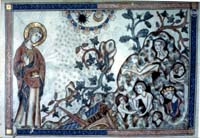
|
Image-KZA34
Medieval image of an earthquake with religious interpretation. People trying to hide under rocks. (Illuminated ms., 13th c., Italy)
|
|
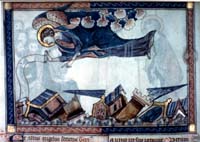
|
Image-KZA35
Angel hovering over earthquake-damaged town. Medieval interpretation of an earthquake.(Illuminated MS., 13th c., Italy)
|
|
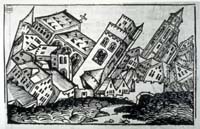
|
Image-KZA36
Medieval illustration of biblical earthquake. Style of buildings is typical of late-Gothic architecture in Germany. (Woodcut, 1493, Germany) SEE ALSO: KZ940 (Babylon)
|
|

|
Image-KZA37
Late Medieval depiction of the story of Job wherein his household is destroyed by an earthquake. (Fresco, 14th c., Italy)
|
|
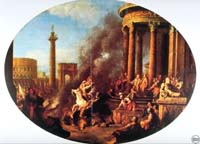
|
Image-KZA38
Inspired by the legend of Roman Consul Marcus Curzio(?), describing an earthquake in Rome. (Rome, Italy)
|
|
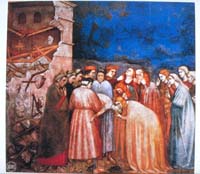
|
Image-KZA39
Fresco in the Lower Basilica at Assisi, showing miraculous revival of a child killed by an earthquake. (Fresco, School of Giotto, 14th c., Italy)
|
|

|
Image-KZA40
Aristotle believed that earthquakes were caused by subterranean winds. (Book illustration)
|
|












